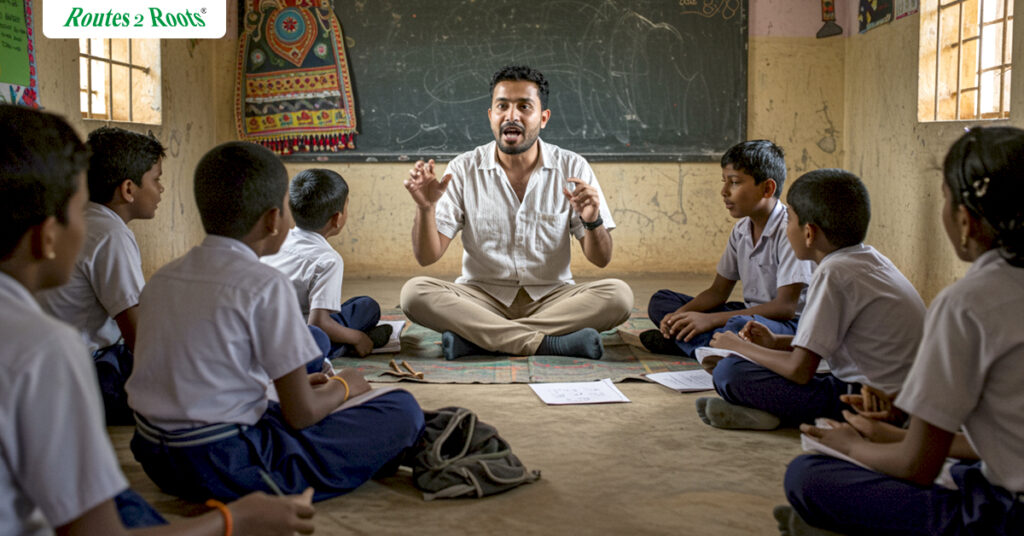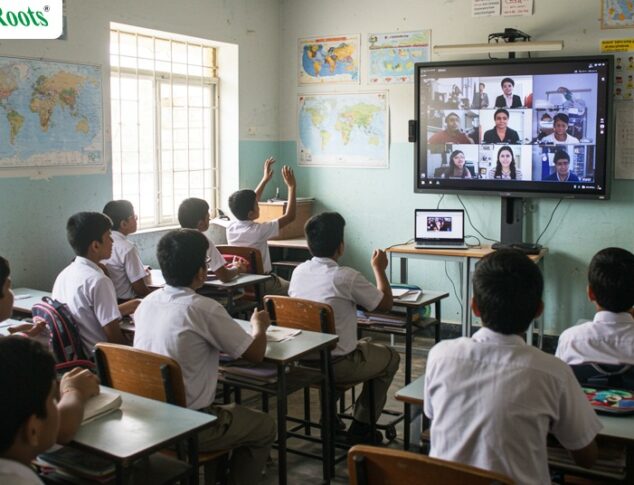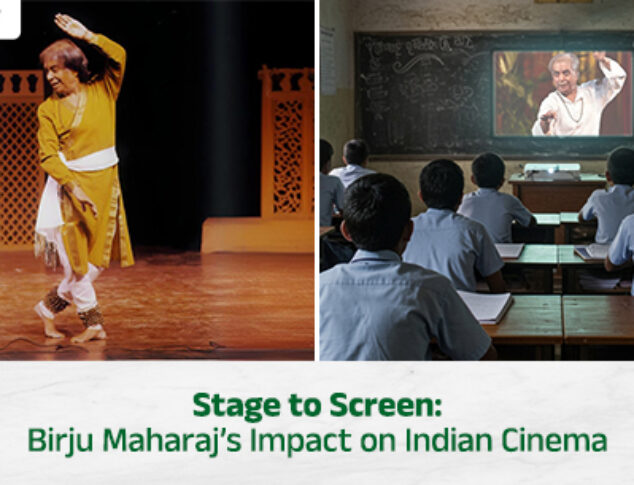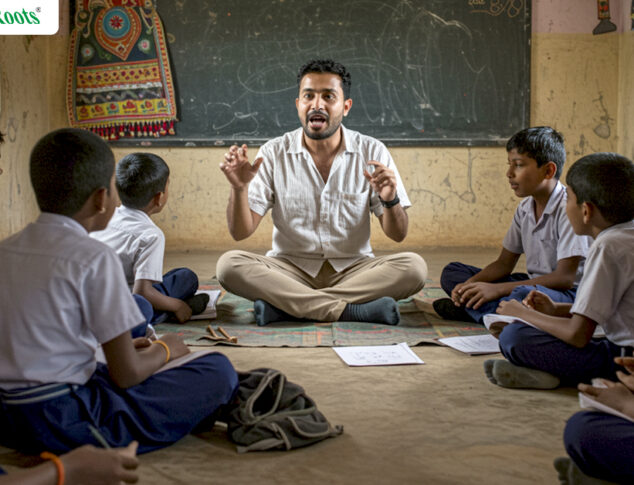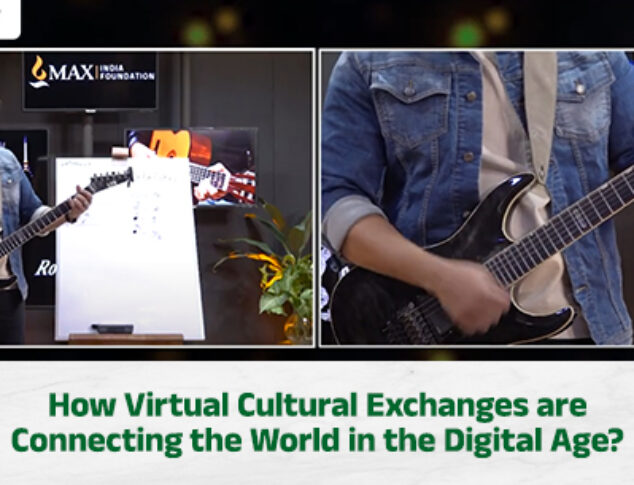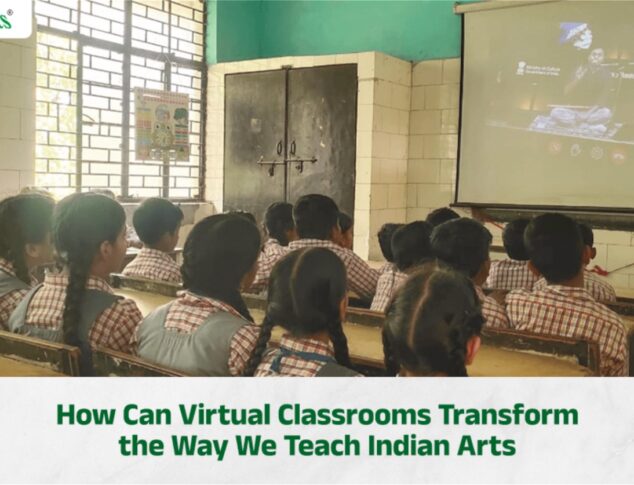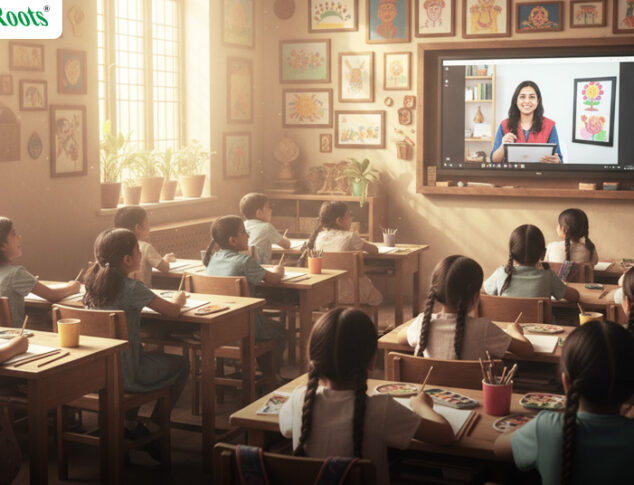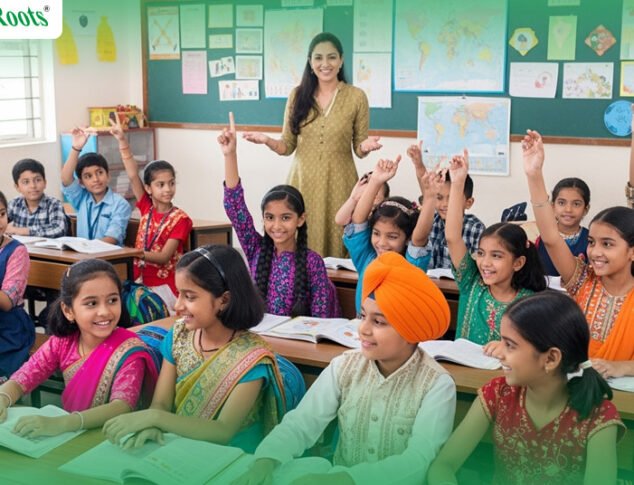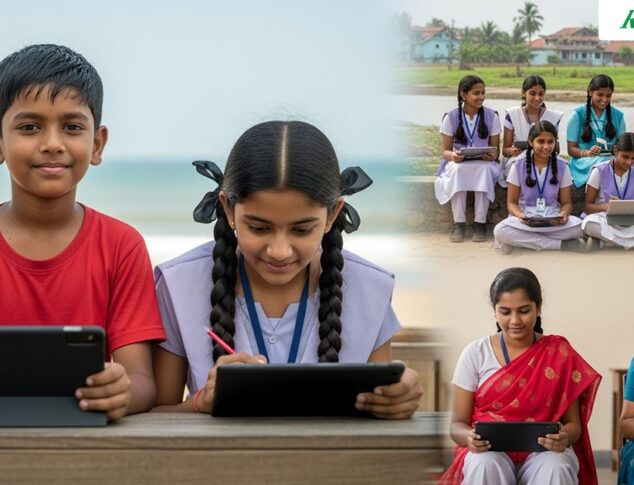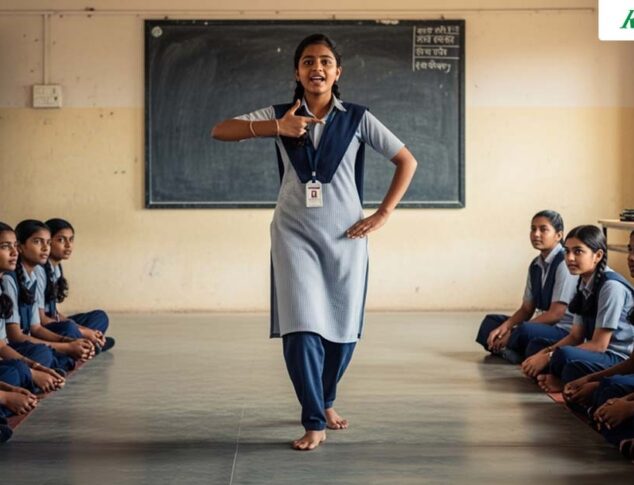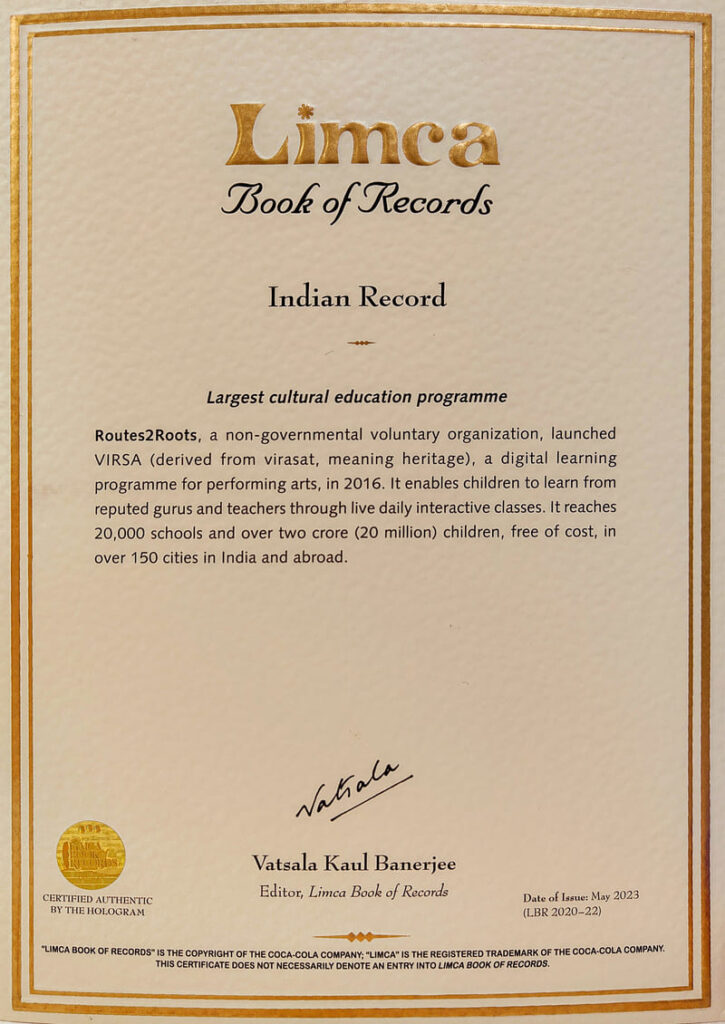India’s rich tapestry of cultures and traditions owes much to its age-old practices of storytelling, folklore, and oral traditions. These narratives have been instrumental in preserving and transmitting cultural values, histories, and moral lessons across generations. In contemporary times, organizations like Routes 2 Roots, have been pivotal in integrating these traditional forms into modern cultural education programs. This fusion ensures that the essence of Indian culture remains vibrant and relevant.
The Essence of Storytelling in Indian Culture
Storytelling in India is not literature but an essential form of teaching. Storytellers have unfolded narratives of heroic acts, righteousness and the divine down through the ages that are sadly missing in formal education. The Katha tradition is one where stories from sacred texts (e.g. Ramayana, Bhagvata Purana etc.) are told to the audience for entertainment and also to teach them a lesson. Similarly, collections like Thakurmar Jhuli have been instrumental in preserving Bengali folklore, introducing readers to a world of princes, demons, and magical realms, all while embedding cultural values.
Role of Folklore in Cultural Preservation
Folklore serves as a repository of a community’s collective wisdom and experiences. In regions like Rajasthan, the efforts of individuals such as Komal Kothari have been monumental in documenting and preserving folk music and oral traditions. His work with communities like the Langa and Manganiyar musicians has ensured that these art forms continue to thrive in modern times.
Modern Integration: Digital Platforms and Cultural NGOs
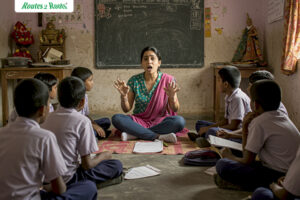
In today’s digital age, the challenge lies in adapting these oral traditions to contemporary mediums. Routes 2 Roots have risen to this challenge by incorporating storytelling and folklore into their digital learning art programs. By leveraging technology, we ensure that traditional narratives reach a global audience, fostering a deeper appreciation for Indian culture.
Such initiatives by cultural NGOs in India play a crucial role in bridging the gap between traditional art forms and modern educational frameworks. By doing so, we’re not only preserving these traditions but also making them accessible and engaging for younger generations.

The Educational Impact of Storytelling
Integrating storytelling into educational curricula offers numerous benefits:
- Enhanced Engagement: Narratives capture students’ attention, making learning more interactive and enjoyable
- Cultural Awareness: Exposure to folklore fosters an understanding and appreciation of one’s heritage
- Moral Development: Stories often convey ethical lessons, aiding in character building
Recognizing these advantages, many cultural education programs have incorporated storytelling sessions, workshops, and interactive modules to enrich the learning experience.
Challenges and the Way Forward
While the integration of storytelling into modern education is beneficial, challenges persist:
- Authenticity: Ensuring that the essence of traditional stories remains intact during adaptation
- Digital Divide: Limited access to technology in certain regions can hinder the reach of digital programs
- Resource Constraints: Art education NGOs in India often face financial and logistical challenges in implementing widespread programs
Addressing these issues requires collaborative efforts from the government, private sector, and civil society. Supporting initiatives can amplify the impact of cultural preservation endeavors.
Passing the Torch of Tradition
Storytelling, folklore, and oral traditions are the heart and soul of Indian culture, carrying our history, values, and wisdom from one generation to the next. By embracing these traditions and weaving them into modern cultural education, we ensure that the essence of our heritage remains alive. In a world that is rapidly changing, these stories keep us connected to our roots, reminding us of who we are and where we come from.
At Routes 2 Roots, we are deeply committed to preserving and promoting Indian arts and traditions. Through our cultural education programs and digital learning art programs, we are bringing folklore and storytelling into the lives of students across India and beyond. As a listed NGO in India, we take pride in making cultural learning accessible to all, ensuring that our traditions not only survive but thrive. By continuing to support and celebrate these art forms, we are shaping a future where Indian storytelling remains a powerful force in education and cultural preservation.






